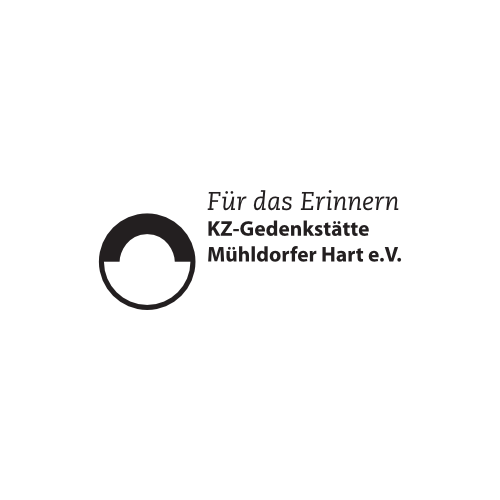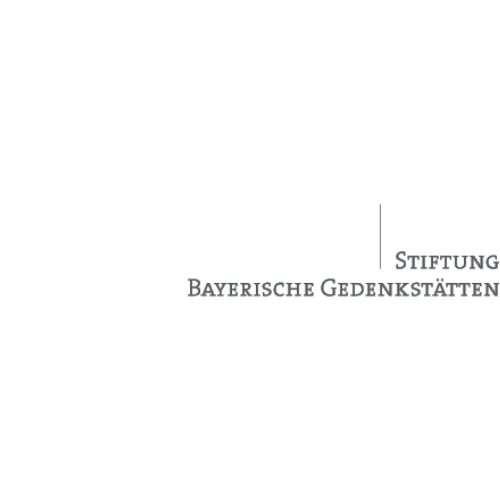Hard labor in warehouse construction, clearing work, and railway construction
The Mittergars subcamp, presumably established in November 1944, consisted of 34 prisoner barracks. Surrounded by a double barbed wire fence and towered over by two watchtowers, the concentration camp prisoners built the camp on behalf of the SS. The approximately 350 male prisoners, most of whom were Jewish, were housed in groups of ten in unheated barracks lined only with straw and crammed together in extremely confined spaces. They suffered from malnutrition, cold, and catastrophic hygienic conditions. Under the supervision of members of the Organisation Todt, they were forced to perform hard labor on the expansion of the adjacent Rosenheim–Mühldorf railway line. Others were employed in a neighboring concrete plant and for clearing work.
US military liberates camp prisoners
In April 1945, the SS began clearing the camp. A unit of the 14th US Armored Division reached Mittergars at the end of the month and liberated the few prisoners still in the camp. On site, the soldiers discovered a mass grave containing at least 42 bodies of murdered concentration camp prisoners. They were buried together with 21 other victims on a hill south of Mittergars by representatives of the US military. After the war, the concentration camp subcamp was completely demolished. Only the remains of the foundations are still visible today.
Reburial
In 1956, the dead were exhumed and reburied at the concentration camp cemetery of honor in Dachau.



